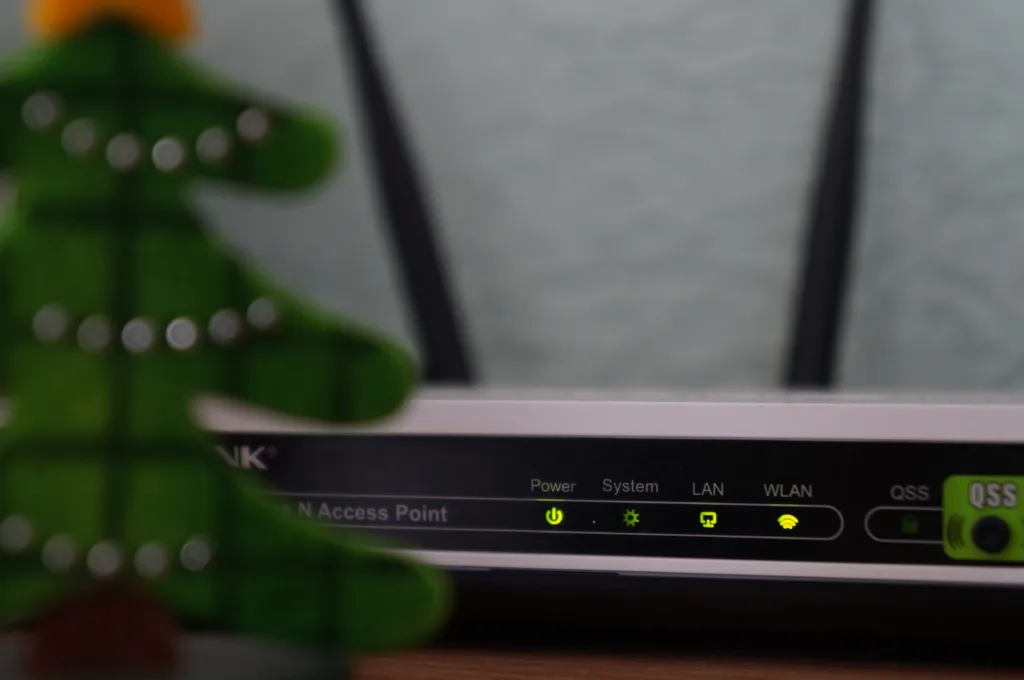When it comes to setting up a wireless home network, one of the key pieces of information you need to know is the SSID. But what exactly does SSID stand for, and why is it important to know?
SSID stands for Service Set Identifier. In simpler terms, it is the name of your Wi-Fi network. When you set up a wireless network, you give it a name to distinguish it from other networks in your neighbourhood. This name is what you will see when you connect your devices to your wireless network.
Why is knowing your SSID important? For one thing, it allows you to connect to your own network easily. When you want to connect a new device to your Wi-Fi, you simply look for your network name (SSID) in the list of available networks and select it. You may also need to enter a password to connect, but the SSID is the first step in the process.
Knowing your SSID can also help with troubleshooting if you experience connectivity issues. If you are having trouble connecting to your Wi-Fi, one of the first things to check is that you are connecting to the correct network. If you have multiple networks in your area with similar names, it can be easy to accidentally connect to the wrong one. Knowing your own SSID can help ensure that you are connecting to the right network.
So how can you find your SSID? There are two main ways. The first is to look for it in the list of available networks on your device. If you are already connected to your Wi-Fi network, you can usually find the SSID listed somewhee in your device’s settings. On an Android device, for example, you can go to “Settings” and then “Wi-Fi” to see a list of networks, with your connected network’s SSID listed next to “Connected.”
The other way to find your SSID is to look for it on your router. Most routers have a sticker on the bottom or back that shows the network name (SSID) and the password (usually in the form of a WPA2 key). If you can’t find your SSID on your device, this is a good place to look.
Knowing your SSID is an important part of setting up and troubleshooting your wireless home network. Whether you find it on your device or on your router, make sure you know your network name so you can connect to it easily and avoid connectivity issues.
How Do I Find Out My SSID?
To find out your SSID, you can follow these steps on your device:
1. Open the “Settings” app.
2. Tap on “Wi-Fi”.
3. Look for the network that you are currently connected to, it will be labeled as “Connected”.
4. The name next to “Connected” is your network’s SSID.
Alternatively, you can locate the SSID on the bottom or back of your wireless router. The SSID is typically printed on a sticker along with the network password or passphrase.

Is SSID Same As Wi-Fi Address?
SSID (Service Set Identifier) is not the same as the Wi-Fi address. SSID is the name of your wireless network that you choose when you set up your Wi-Fi router. It is used to identify your network from other nearby networks, and it is what you see when you search for available Wi-Fi networks on your device. On the other hand, the Wi-Fi address is also knon as the MAC (Media Access Control) address, which is a unique identifier assigned to the network interface of your device. It is a series of numbers and letters that are used to identify your device on the network, and it is different from the SSID. While the SSID is used to identify the network, the Wi-Fi address is used to identify the device that is connected to the network.
What Is My SSID Name And Password?
Your SSID (Service Set Identifier) name and password are unique to your router and can be found on a sticker located on the bottom of the router. The SSID is the name of your wireless network that is broadcasted so that devices can connect to it. The password, also known as the WPA2 password, is used to secure your network and prevent unauthorized access. It is important to keep this information confidential and secure. If you have changed your SSID name or password and cannot remember it, you may need to reset your router to its default settings.
Why Is It Called SSID?
The term SSID stands for Service Set Identifier, which is a unique alphanumeric identifier assigned to a wireless network. The name SSID was coined by the Institute of Electrical and Electronics Engineers (IEEE) when they created the 802.11 standards for wireless networking. The purpose of the SSID is to differentiate between different wireless networks in the same area, allowing devices to connect to the correct network. The SSID can be set by the network administrator and is often used in combination with a password or other security measures to control who can access the network.
Conclusion
SSID stands for Service Set Identifier, which is simply the technical term for a Wi-Fi network name. It is the name that you give to your wireless home network in order to distinguish it from other networks in your neighbourhood. Whether you are trying to connect your devices to your wireless network or troubleshooting connectivity issues, knowing your SSID is essential. You can find your network’s SSID by checking the settings on your device or by looking at the sticker on the bottom of your router. With this knowledge, you can confidently set up and manage your wireless network.
